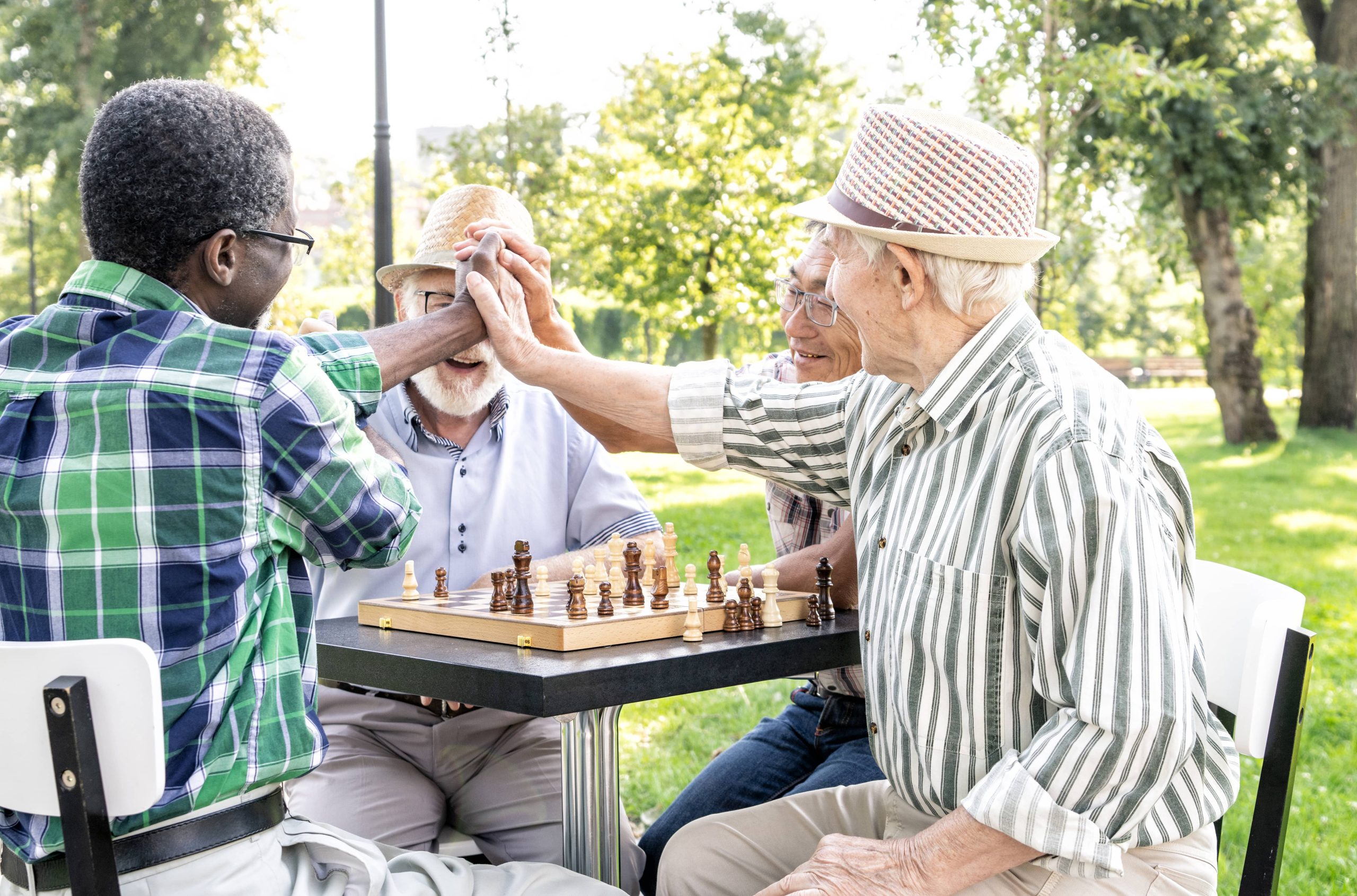
Aging is a natural process, graced with wisdom, experience, and nostalgia. It doesn’t have to be synonymous with frailty or inactivity. Enter the concept of “active aging”—a lifestyle that embraces, rather than retreats from, the challenges of getting older. For the active ager, fitness isn’t just a pursuit; it’s a lifelong companion. Below, we’ll explore six strategies that can help keep active agers permanently fit, ensuring vitality and vigor well into the golden years.
1. Incorporate Functional Fitness
Functional fitness exercises are designed to train your muscles to work together, preparing them for daily tasks by simulating common movements you might do at home, at work, or in sports. These exercises often involve using various muscles in the upper and lower body at the same time, while emphasizing core stability. For active agers, this means improved balance, agility, and coordination.
Functional exercises like squats, lunges, planks, and step-ups mimic movements that are essential for daily activities. Incorporating these types of exercises not only strengthens muscles but also enhances endurance and flexibility, making everyday activities easier and safer. Start with 20-30 minutes of functional fitness three times a week, gradually increasing intensity and resistance.
2. Strength Training
Building and maintaining muscle mass is crucial for active agers. As we age, we naturally lose muscle mass—a condition known as sarcopenia. This can lead to weakness and reduced stamina, making regular tasks difficult. Strength training is a critical component in combating muscle loss and improving bone density, reducing the risk of fractures and osteoporosis.
Strength training doesn’t require a gym membership or heavy lifting. Bodyweight exercises like push-ups, pull-ups, and leg raises can be done at home. Resistance bands and light weights can add intensity to your routine. Aim for strength training sessions at least twice a week, focusing on different muscle groups.
3. Cardiovascular Exercise
Cardiovascular health is paramount for preserving autonomy and longevity. Cardiovascular exercises elevate heart rate, improve circulation, and boost lung capacity, all of which contribute to better overall health and energy levels.
Walking, cycling, swimming, or even dancing can provide excellent cardiovascular workouts. It’s important to choose activities you enjoy to ensure consistency. The American Heart Association recommends at least 150 minutes of moderate-intensity aerobic activity or 75 minutes of vigorous activity per week, so start where you’re comfortable and gradually build up your time and intensity.
4. Flexibility and Balance Training
Flexibility and balance are often overlooked aspects of fitness that become increasingly important with age. Improved flexibility can alleviate stiffness and reduce the risk of injury, while good balance can prevent falls—a major concern for older adults.
Incorporate stretching exercises, yoga, or tai chi into your routine. These practices not only improve flexibility and balance but also enhance mental health by reducing stress and anxiety. Yoga poses like the ‘Tree Pose’ or ‘Warrior II’ are excellent for boosting balance, while routine stretching can improve overall mobility. Aim to incorporate these exercises for at least 10 minutes a day.
5. Mental Fitness and Mind-Body Connection
Physical activity is only one part of the wellness equation; mental fitness is equally important. The mind-body connection demonstrates how our mental state impacts our physical state and vice versa. Mindful practices such as meditation, deep-breathing exercises, and guided imagery can improve concentration, reduce stress, and enhance overall well-being.
Consider activities like tai chi or qigong, which integrate the mind and body through calculated, intentional movements. These practices not only sharpen mental acuity but also improve motor function—a crucial factor in maintaining independence as we age. Set aside 15-20 minutes daily for mental fitness practices, and you’ll likely notice improvements in all areas of life.
6. Nutrition and Hydration
No fitness program is complete without attention to nutrition and hydration. Proper nutrients fuel the body and ensure that it functions efficiently. As we age, our metabolism slows, and nutrient absorption can become less efficient, necessitating dietary adjustments.
Focus on a balanced diet rich in fruits, vegetables, lean proteins, whole grains, and healthy fats. Pay special attention to calcium and vitamin D for bone health, and omega-3 fatty acids for cardiac and cognitive health. Hydration is equally essential, as older adults often experience diminished thirst. Make it a habit to drink water throughout the day to maintain energy levels and aid digestion.
Conclusion
Active aging is a dynamic pursuit of health and wellness that extends well beyond exercise. By adopting these six strategies—functional fitness, strength training, cardiovascular exercise, flexibility and balance training, mental fitness, and proper nutrition—you can embrace aging with vigor and vitality. Moreover, these strategies not only enhance physical health but enrich mental and emotional well-being, ensuring a holistic approach to lifelong fitness. So adopt these habits, stay engaged, and let the journey of active aging lead you to a truly fulfilling and energizing life.











